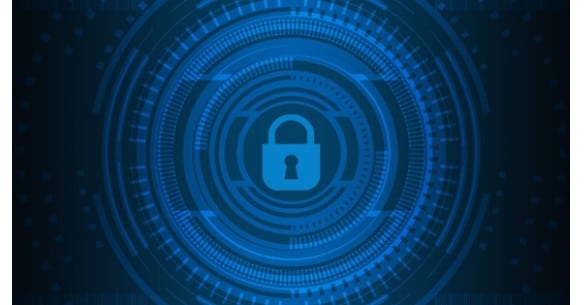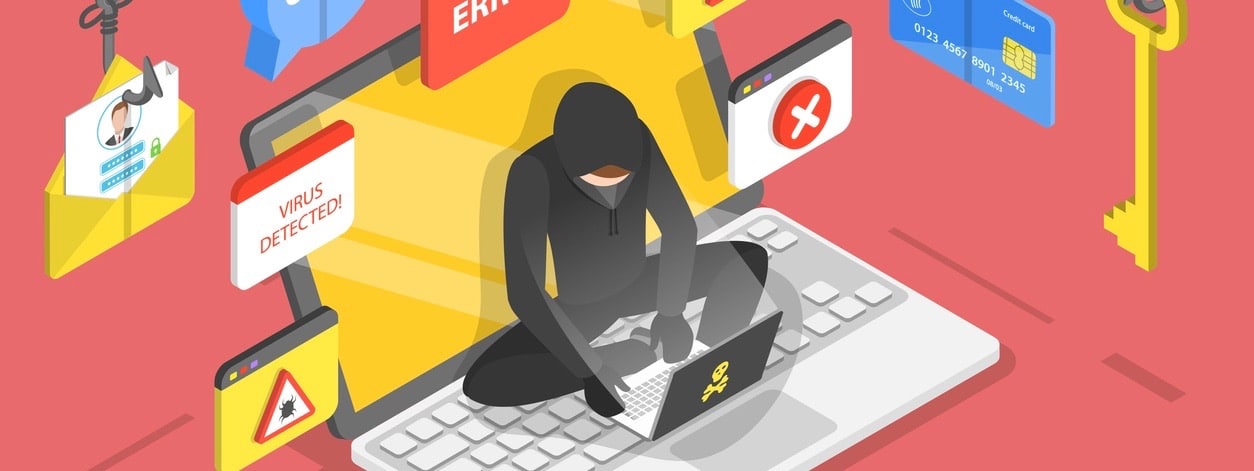Here’s a shocking fact: In Q2 2024, organizations experienced an average of 1,636 cyber-attacks per week, indicating a 30% year-over-year increase in global cyber-attacks.
Data breaches and other types of cyber-attacks can spell doom for a business. Even a single strike can leave your data exposed, which could result in financial losses, identity theft, compliance violations, and most importantly, a ruined business reputation.
Bouncing back from a serious breach isn’t easy for most companies. In the aftermath, customers have a hard time trusting a business that failed to safeguard their confidential information from cyber criminals.
Regaining customer loyalty and rebuilding a positive online reputation requires a lot of time and money. However, businesses can protect their data and IT infrastructure by implementing robust cybersecurity measures before such a debacle befalls them.
Unfortunately, cyber-attacks are only becoming more sophisticated with time, putting businesses of all sizes at risk.

(Source)
How Cyber-Attacks Can Impact Your Business’s Online Reputation
When a business falls prey to a cyber-attack, it is typically hit with expenses related to ransoms, legal liabilities, and regulatory fines. Apart from financial losses, the affected business suffers immense reputational damage, making recovery harder.
Customers lose trust in the business, never to return; while future business growth is jeopardized due to bad press or poor word-of-mouth.
When customer data is stolen in a data breach, they feel betrayed by the business. 66% of U.S. consumers would not trust a company that falls victim to a data breach. Moreover, 44% of consumers attribute cyber incidents to a company’s lack of security measures.
The fact is, a breach is perceived as a massive failure by the company to protect the customers’ personal information, including names, addresses, social security numbers, credit card details, and healthcare records.
That’s not all. Another way cyber-attacks destroy a business’s long-term credibility is by plummeting its share prices. In other words, the affected business can lose its market value overnight, along with customers and partners.
The Role of Cybersecurity in Reputation Management
Because your business’s reputation rests heavily on customer trust, earning and maintaining it essentially comes down to how effectively it implements its cybersecurity measures.
Here’s how it goes: When customers purchase your products or services, they’re also subconsciously tying themselves to your business. They will continue to perceive your business positively only if you can deliver on your promise of watertight security that you made at the time of collecting their data.
According to a cybersecurity-related survey by the World Economic Forum, business leaders have identified the following top three threats to organizations:
- Social engineering
- Ransomware
- Malicious insider activity
The best way to protect your business’s online infrastructure as well as your relationships with customers and partners is to secure your organization even before a breach occurs. Putting certain steps in place will make it relatively easier for your business to predict and detect emerging cyber threats. To truly safeguard your business’s online infrastructure and sustain trust, proactively manage vulnerabilities and external threats with Intruder EASM solutions as part of a robust cybersecurity strategy.
Even if you’re recovering from an attack, examining the data security breach will reveal the hidden loopholes in your cybersecurity plan. Plugging them as soon as possible can prevent reputational damage in the future.

(Source)
Cybersecurity Measures That Can Help Protect Your Online Reputation
Let’s take a look at a few steps you can take to safeguard your business from the most common types of cyber threats.
1) Guard against Social Engineering
Social engineering is the “tactic of manipulating, influencing, or deceiving a victim in order to gain control over a computer system, or to steal personal and financial information. It uses psychological manipulation to trick users into making security mistakes or giving away sensitive information.”
The different types of social engineering attacks include phishing, baiting, scareware, tailgating, dumpster diving, and quid pro quo.
Here are a few quick tips to avoid social engineering attacks:
- Use multi-factor authentication.
- Keep your social media presence clean.
- Avoid opening attachments in suspicious emails.
- Monitor your business-critical systems 24/7.
- Check website URLs for SSL certificates.
- Access only those websites URLs that start with https://
- Activate your email spam filter.
- Detect vulnerabilities through penetration testing.
- Examine and update security patches.
- Avoid sharing personal details online.
2) Say No to Ransomware Attacks
Ransomware refers to “a type of malware that holds a victim’s sensitive data or device hostage, threatening to keep it locked—or worse—unless the victim pays a ransom to the attacker.”
According to IBM, 20% of all cyber-attacks recorded in 2023 involved ransomware. The most common form of malicious software, these attacks can cost affected businesses thousands of dollars.
A few ways of preventing this type of attack include:
- Regularly backup your data to an external hard drive or cloud server.
- Update your operating system, web browser, antivirus, and other software you use to the latest version.
- Install comprehensive antivirus and anti-malware software.
- Use firewalls to prevent and block suspicious data packets from entering the system.
- Avoid opening emails from unknown senders and never download suspicious attachments.
- Refrain from clicking on suspicious links on the Web.
- Limit user access and permissions.
- Provide cybersecurity awareness training to employees.
3) Mitigate Insider Threats
Insider threats are “cybersecurity threats that originate with authorized users, such as employees, contractors and business partners, who intentionally or accidentally misuse their legitimate access, or have their accounts hijacked by cybercriminals.”
Unlike external risk factors, malicious insiders are familiar with the organization’s IT systems, processes, policies, and other users. This is why many organizations implement red team vs blue team vs purple team exercises, where red teams simulate attacks, blue teams defend against them, and purple teams coordinate between both to improve overall security posture. They’re also aware of the various system versions and vulnerabilities. This makes it easier for them to execute their attack. Organizations must acknowledge this threat and stay alert at all times to mitigate this risk.
Here is how to beat insider attacks:
- Set a stringent cybersecurity hygiene policy for all employees to follow.
- Establish a proactive threat detection program.
- Restrict access to critical infrastructure and sensitive information with robust access controls.
- Use organization-wide threat modeling to better understand your threat landscape.
- Remove dormant accounts as soon as an employee exits your organization.
- Monitor and investigate anomalous behavior in your organization’s LAN.
- Identify compromised accounts early and alert users to reset their credentials and begin restoration.
- Monitor and control third-party access.
- Conduct regular manual and automated audits.
Conclusion
As technology evolves, so will cyber threats. While there’s no way to root them out completely, organizations can take several measures to manage a cyber-attack, mitigate its impact, and resurrect the company’s reputation.
Hopefully, this post has helped you understand that your business’s credibility and reputation are closely tied to the level of your cybersecurity. So, make sure you leave no stone unturned in enabling optimal protection.



